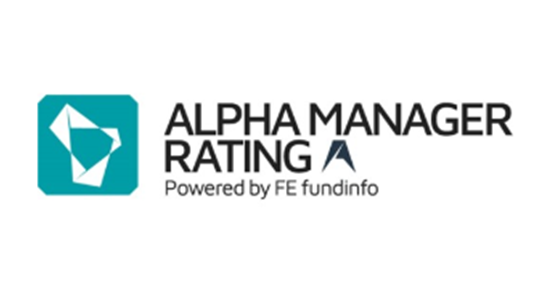Last year saw its fair share of regulatory upheaval, with seismic changes felt by all aspects of the financial services food chain.
The question now is, will 2023 be any more stable?
To begin to answer that we must look at what happened last year. The almost never-ending smorgasbord of deadlines that reared their heads made it one of the toughest years on record to manage, a fact highlighted in our whitepaper; ‘Global Fund Management Regulatory Outlook 2023’.
In this document were the various themes that came to the fore during the year, as well as a broad look ahead at what we can expect to see in 2023.
Looking back at the year gone
One call that chimed loudly from major global markets in 2022 was for greater clarity on sustainability disclosure requirements. In response to this, the European Commission published numerous questions and answers to queries raised by the industry, while the Financial Conduct Authority (FCA) in the United Kingdom issued its consultation paper on Sustainability Disclosure Requirements (SDR) and investment labels, indicating a strong position for greater transparency around sustainability to combat the possibility of greenwashing.
Elsewhere, the deadline for the EU’s transition from UCITS KIIDs to PRIIPs KIDs and the new rules for existing PRIIPs coincided with the first submissions of pre-contractual reports required by the Sustainable Finance Disclosure Regulation (SFDR) Level II Regulatory Technical Standards (RTS) which led to a mad scramble from product providers to meet the deadline of 1 January 2023.
Sadly, for them it’s not all over. Currently, anticipation mounts for amendments to the SFDR RTS and the disclosure templates which are expected to cause further discomfort, when approved, early this year.
Europe is also closely looking at the UK’s new Consumer Duty, which aims to set higher and clearer standards of consumer protection. The Duty, according to the FCA, will lead to a major shift in financial services, impacting every link in the product provider/ platform/adviser chain, from provider governance to adviser due diligence. Overall, the Consumer Duty is about the culture throughout firms, from product design to ongoing customer support and everything in between.
Regulatory change was not restricted to just Europe. Recently, Hong Kong, Singapore and Australia have benefited from standards set by Europe and the UK, to closely align and progress the formation of their sustainability frameworks and accompanying disclosure requirements.
So, while progress may be slower in those parts of the world, it is happening and cannot be ignored. Hong Kong’s enhanced disclosures for large fund managers coming into effect in November last year, and Singapore’s disclosure and reporting guidelines for retail Environmental, Social and Governance (ESG) funds that came into effect on 1 January 2023 show that change is afoot.
Even further afield, the Australian fund industry is leading the sustainability charge, with the Treasury a couple of steps behind; having only published its consultation paper on ‘Climate-related financial disclosures’ in December 2022.
Will 2023 be more settled?
With all those regulatory changes done and dusted now in 2022, we can start to look forward to a more stable 2023, right?
Probably not.
As the sector continues to try and get to grips with the waves of changes it’s endured in 2022, there is a continued feeling that 2023 will – while maybe not as drastically – continue where the last year left off.
Top of the priority shopping list for the year appears to be clarity, transparency and sustainability in fund regulation for 2023 and beyond.
And just because the EU’s SFDR Level 2 prescribed disclosure templates took effect on 1 January does not mean that everything about sustainability disclosures is now done in Europe. Apart from the challenges of collecting the data on underlying investee companies, which will continue for some time, there are still regulatory developments to come.
The UK is also developing its Sustainability Disclosure Regime (SDR) and proposed sustainable fund labelling system. The plan will be to publish a policy statement in June this year and to start the staggered implementation process then, starting with its general anti-greenwashing rule.
A mere month later, at the end of July, the FCA’s new Consumer Duty is due to take effect, with the aim of driving cultural change at firms all along the product chain, putting the consumer’s interest at the heart of everything.
For those that thought all things PRIIPs were now out of the way, the European Supervisory Authorities (ESAs) are due to report back to the European Commission by the end of April on their proposed changes to the regulation itself.
Not to be left out, the UK is also looking at a complete overhaul of not just PRIIPs KIDs but the entire retail disclosure framework. Both the Treasury and the FCA are consulting on this, but we are still at an early stage; with the exemption for UCITS KIIDs currently in place until the end of 2026, there is time to get this right.
It could be another turbulent year for the asset management industry, which is just, tentatively, getting its head around the raft of changes made in 2022. While the dust begins to settle on those changes and the industry tries to catch its collective breath, there is still the rumble of more regulatory change expected as 2023 progresses.
---
Author:
 Steve Kennedy - Senior PR Manager, FE fundinfo
Steve Kennedy - Senior PR Manager, FE fundinfo


